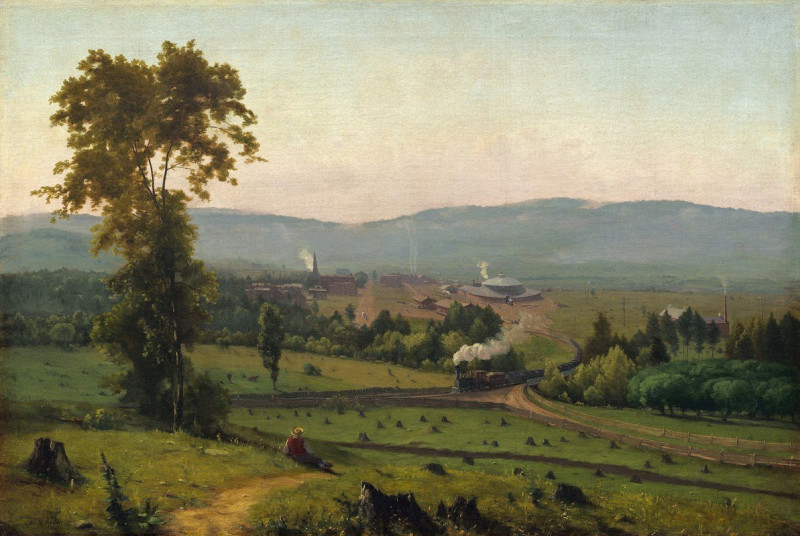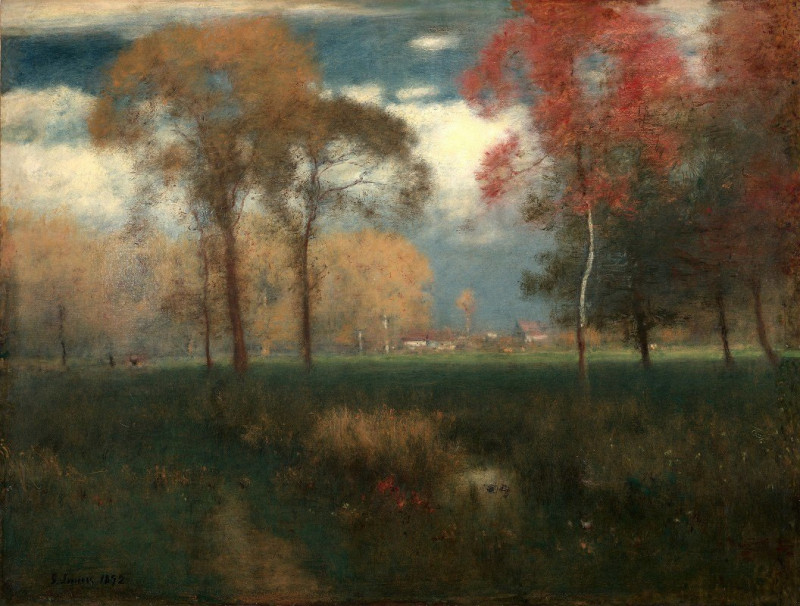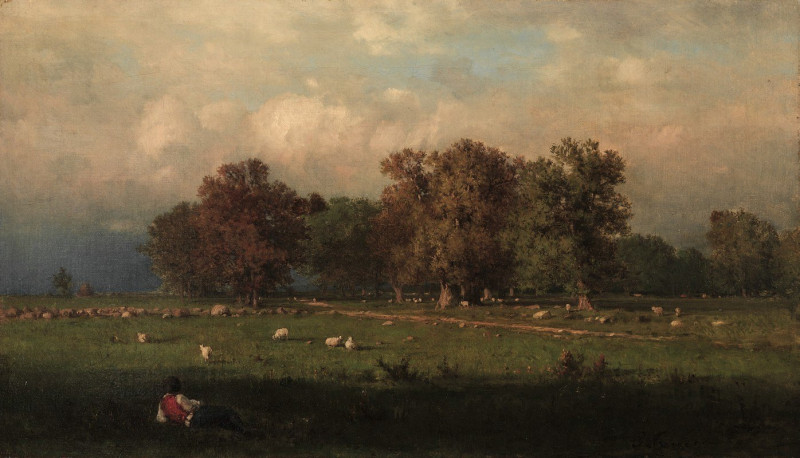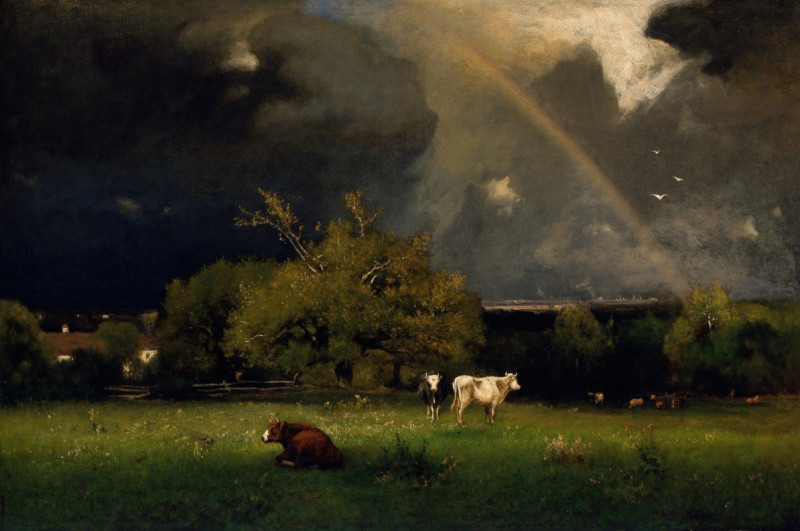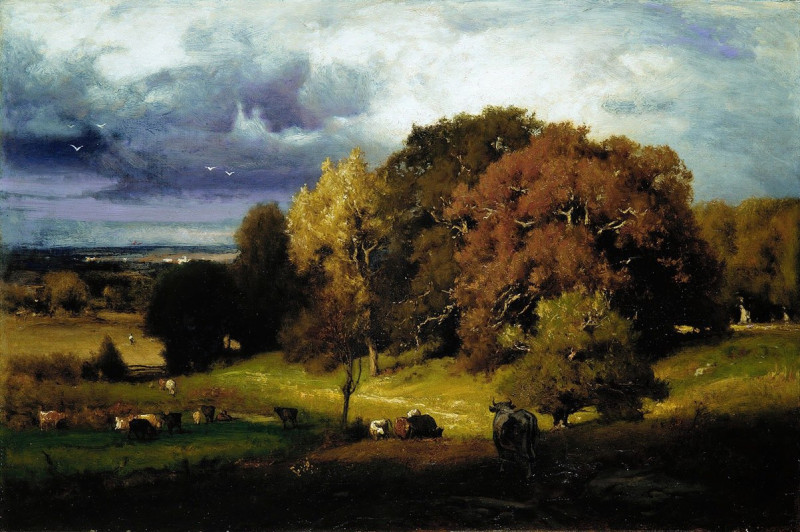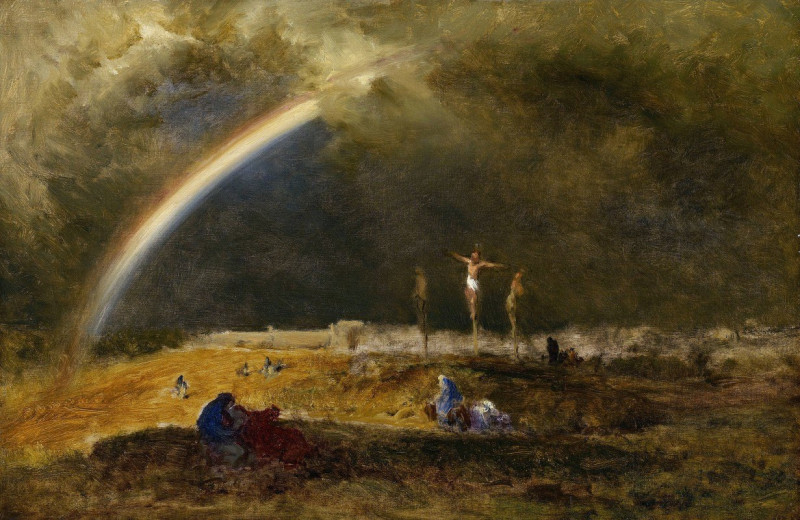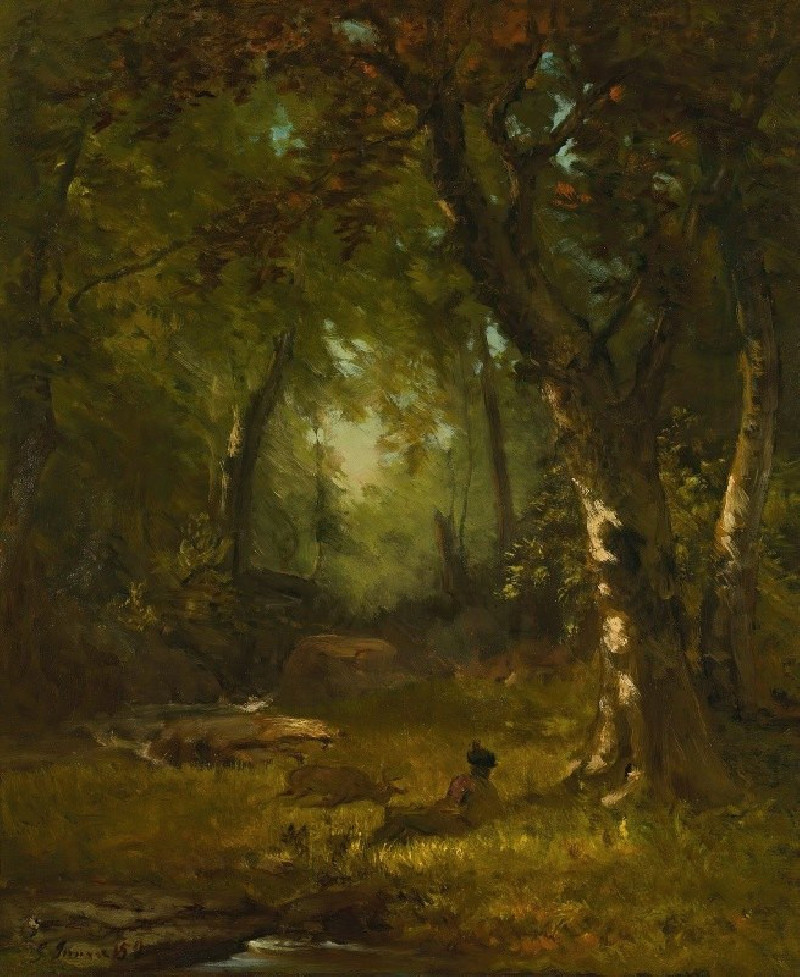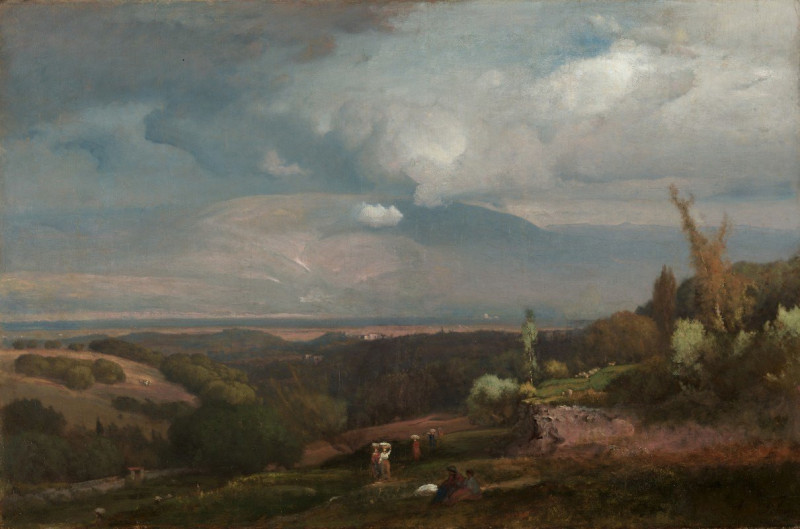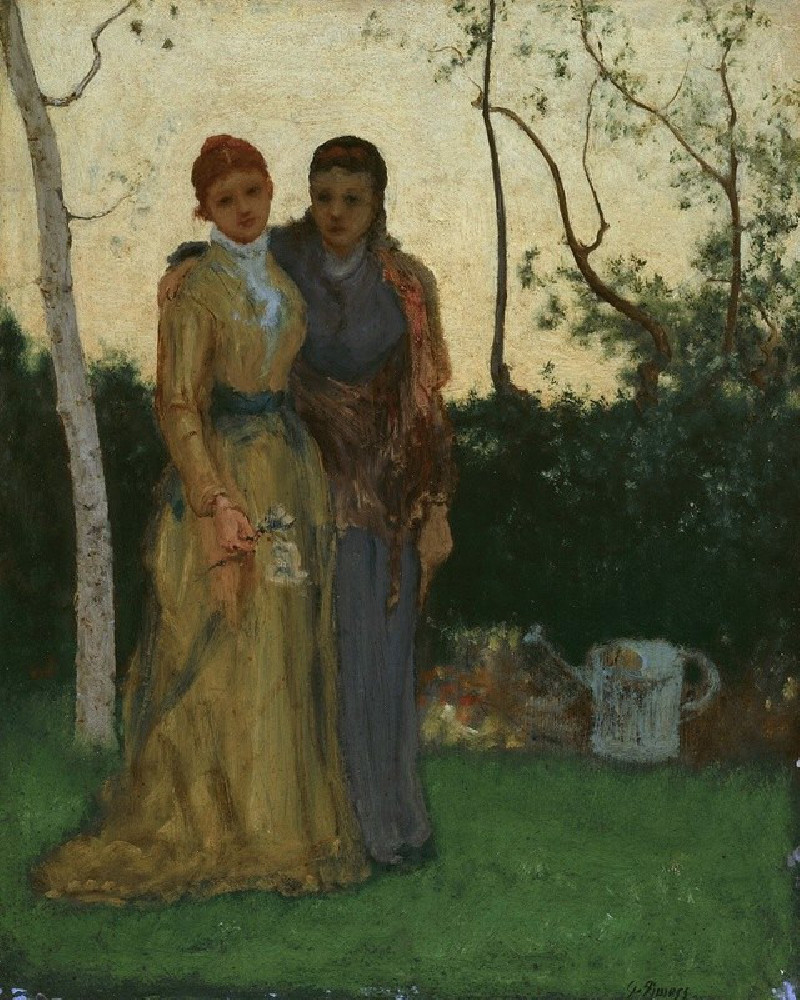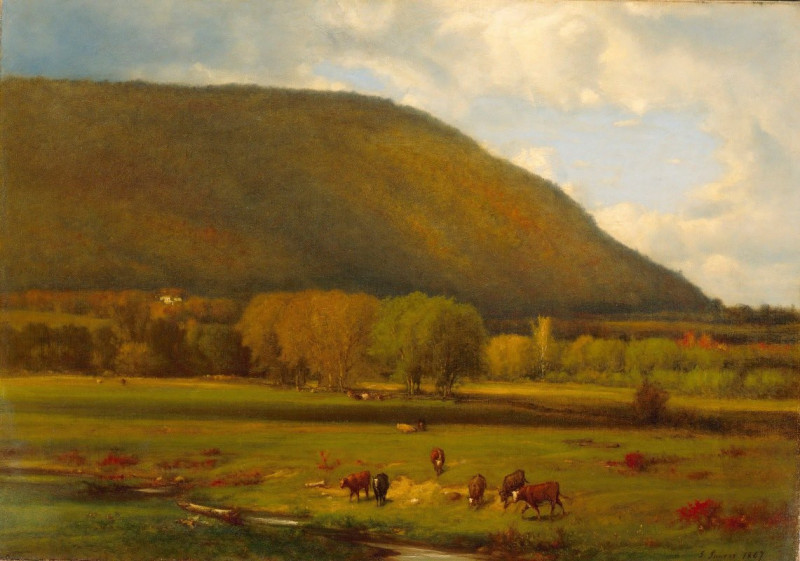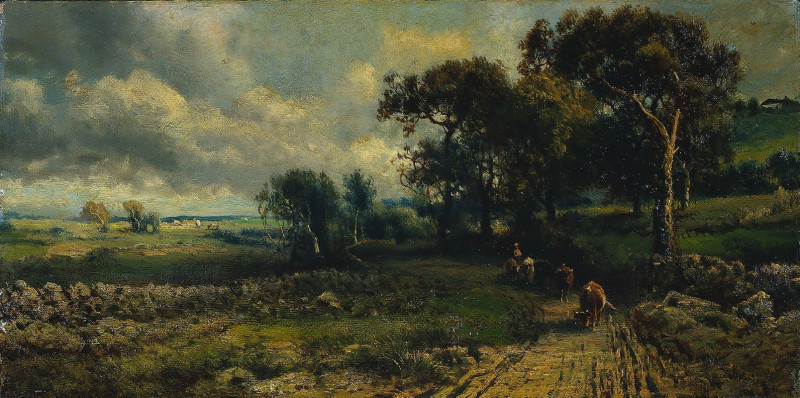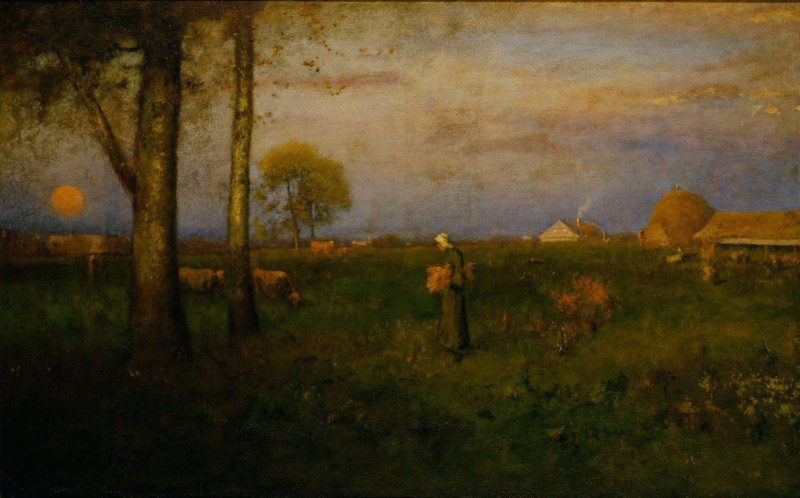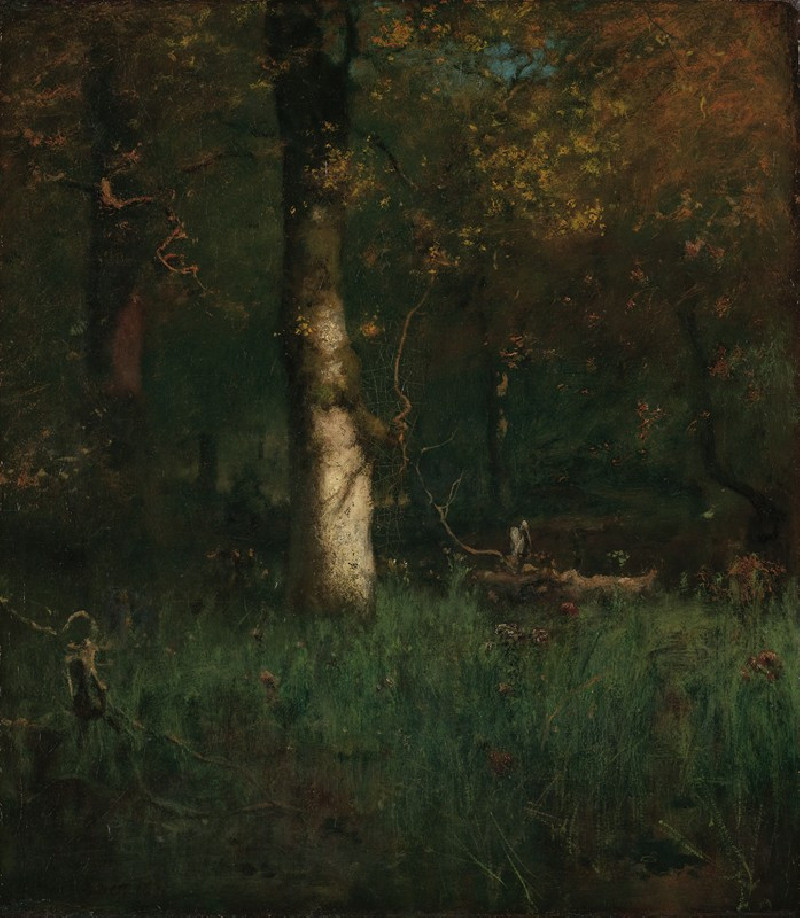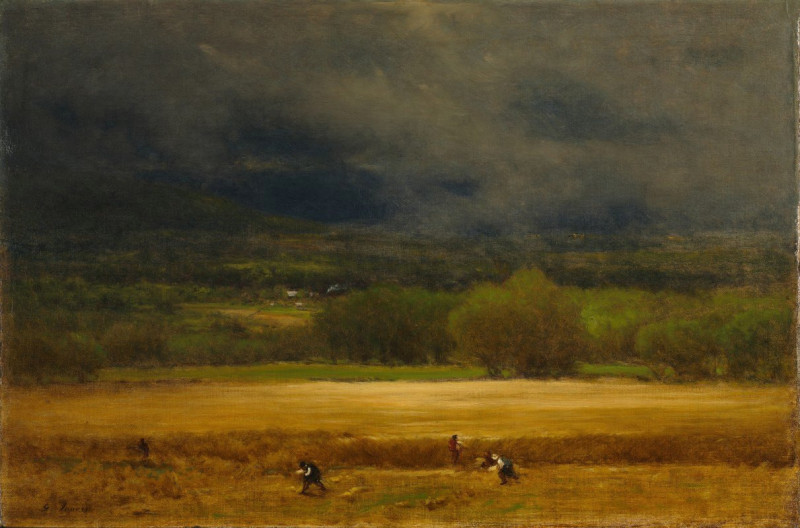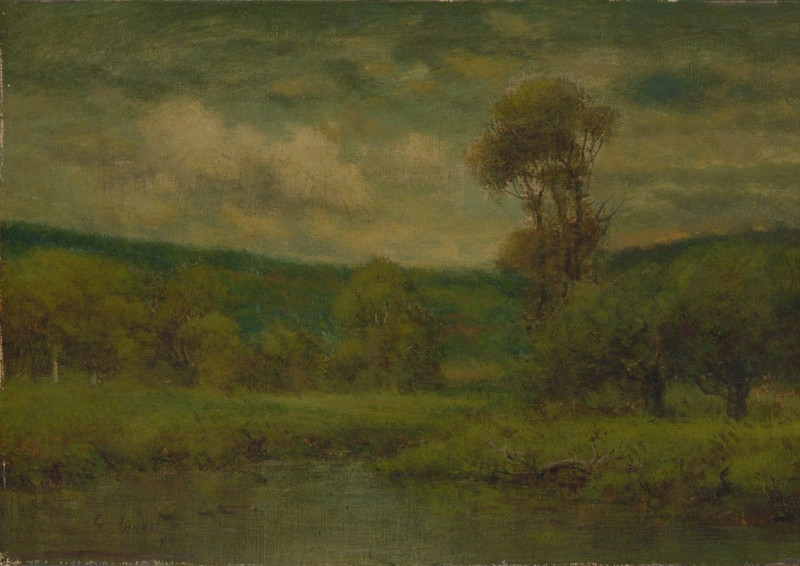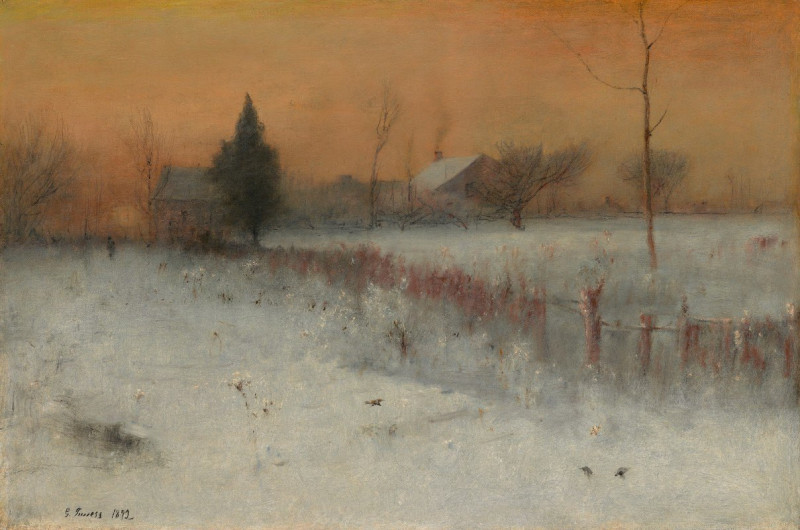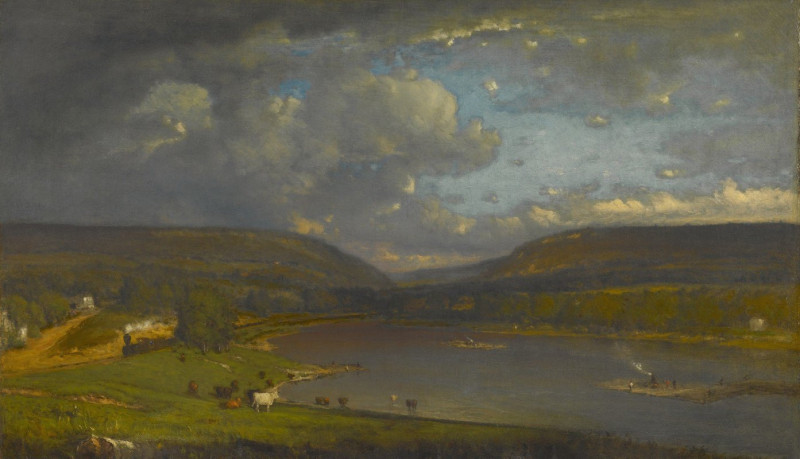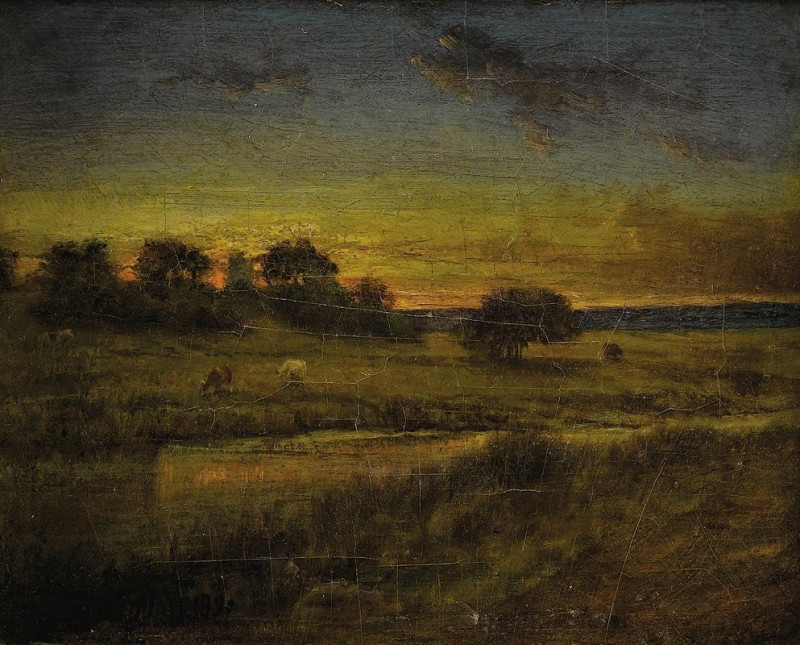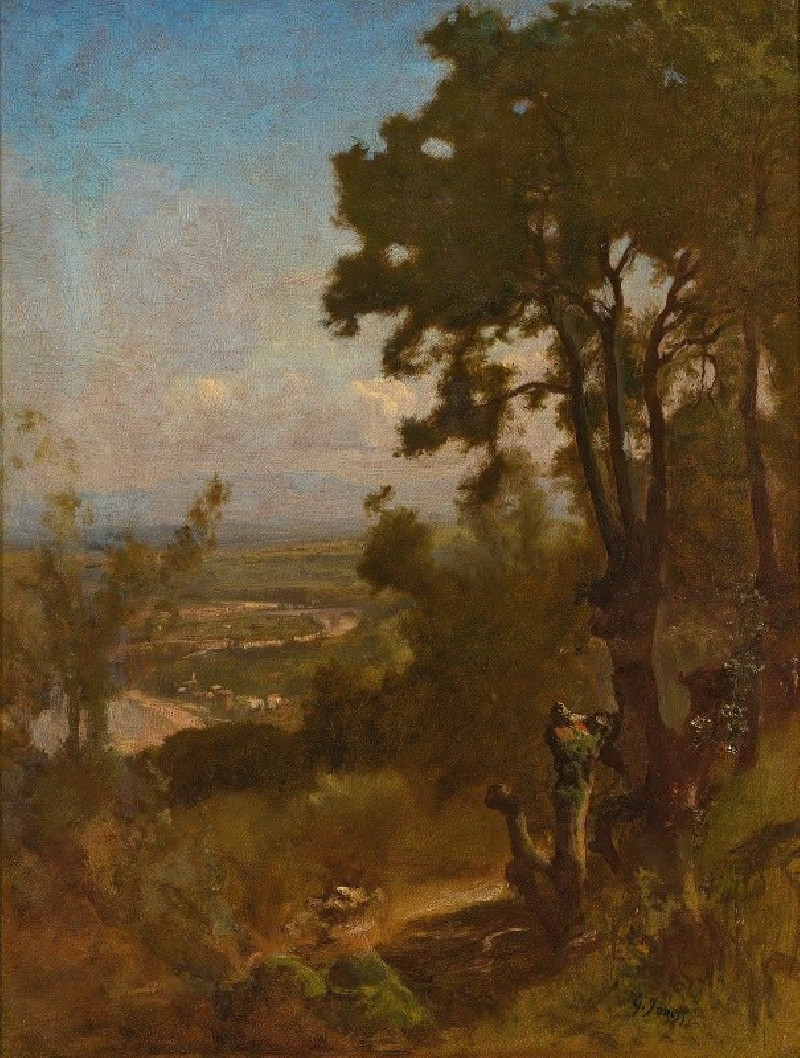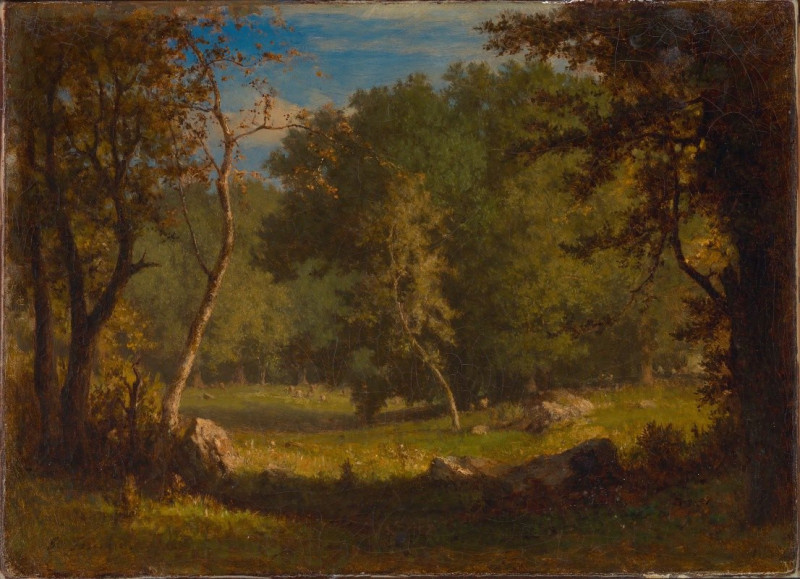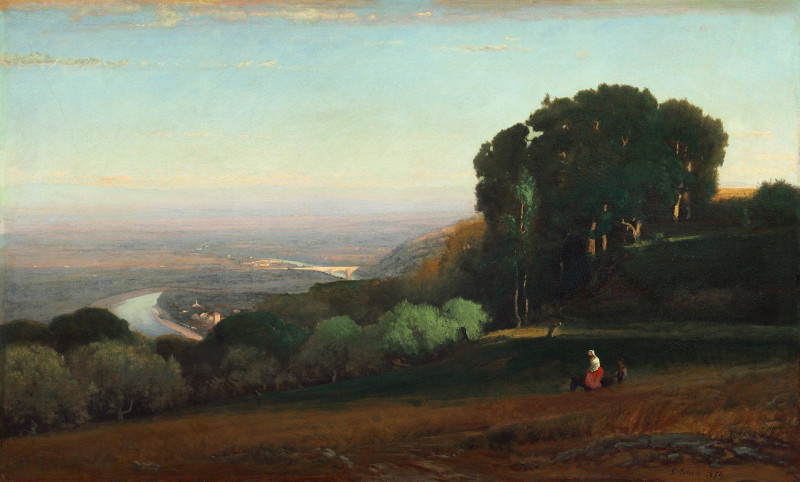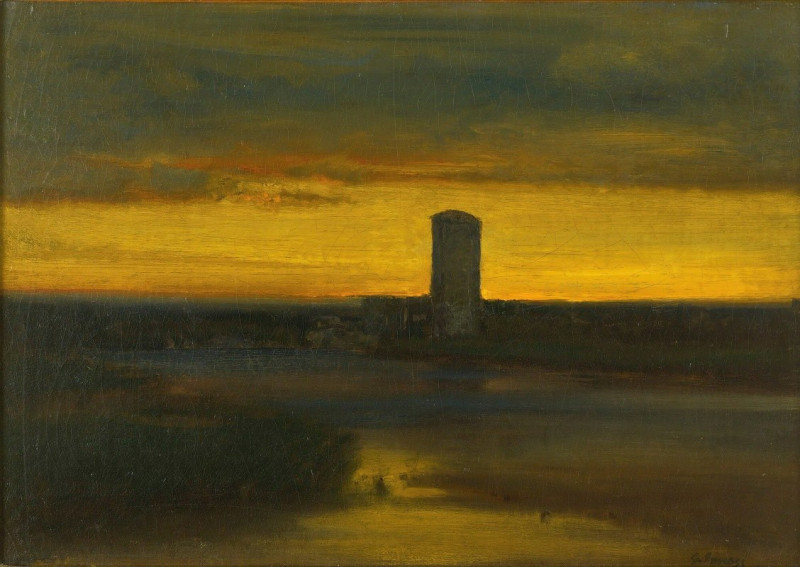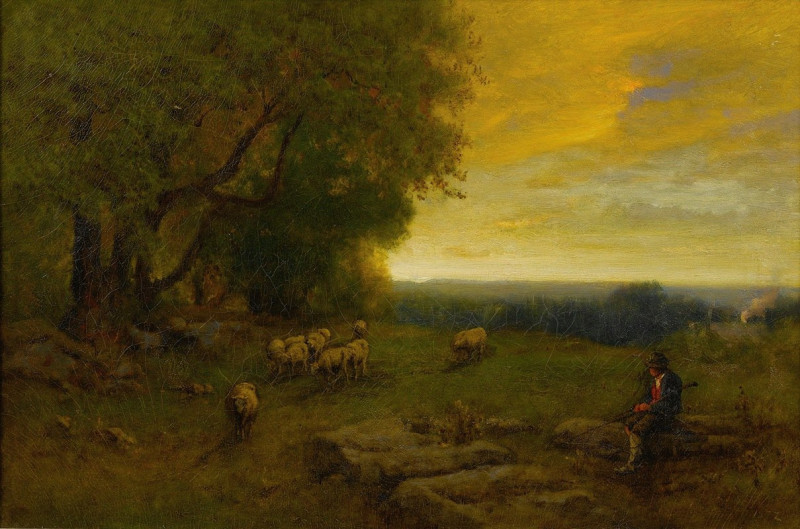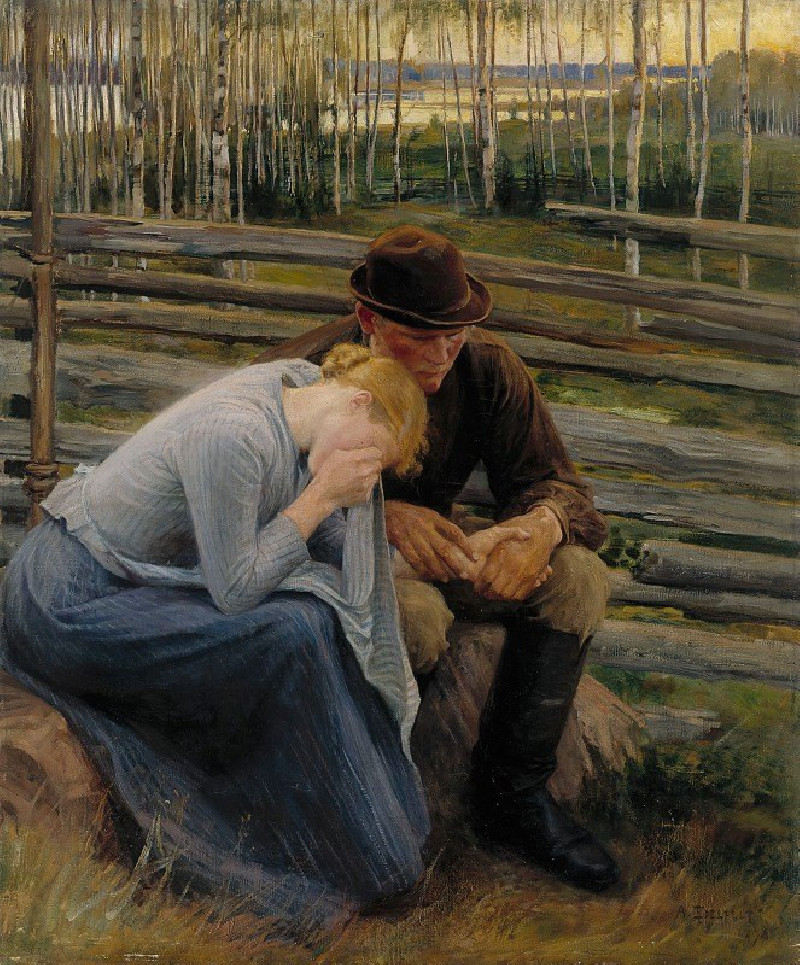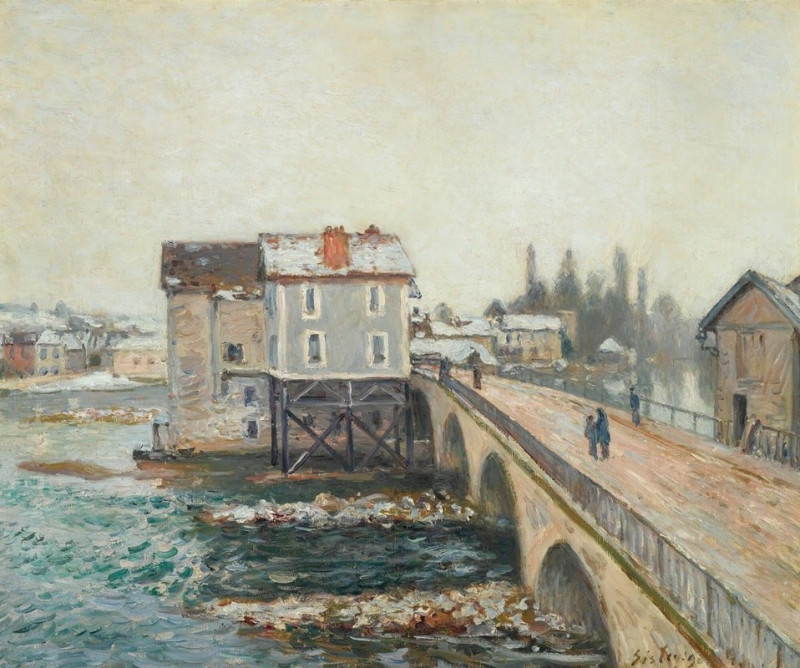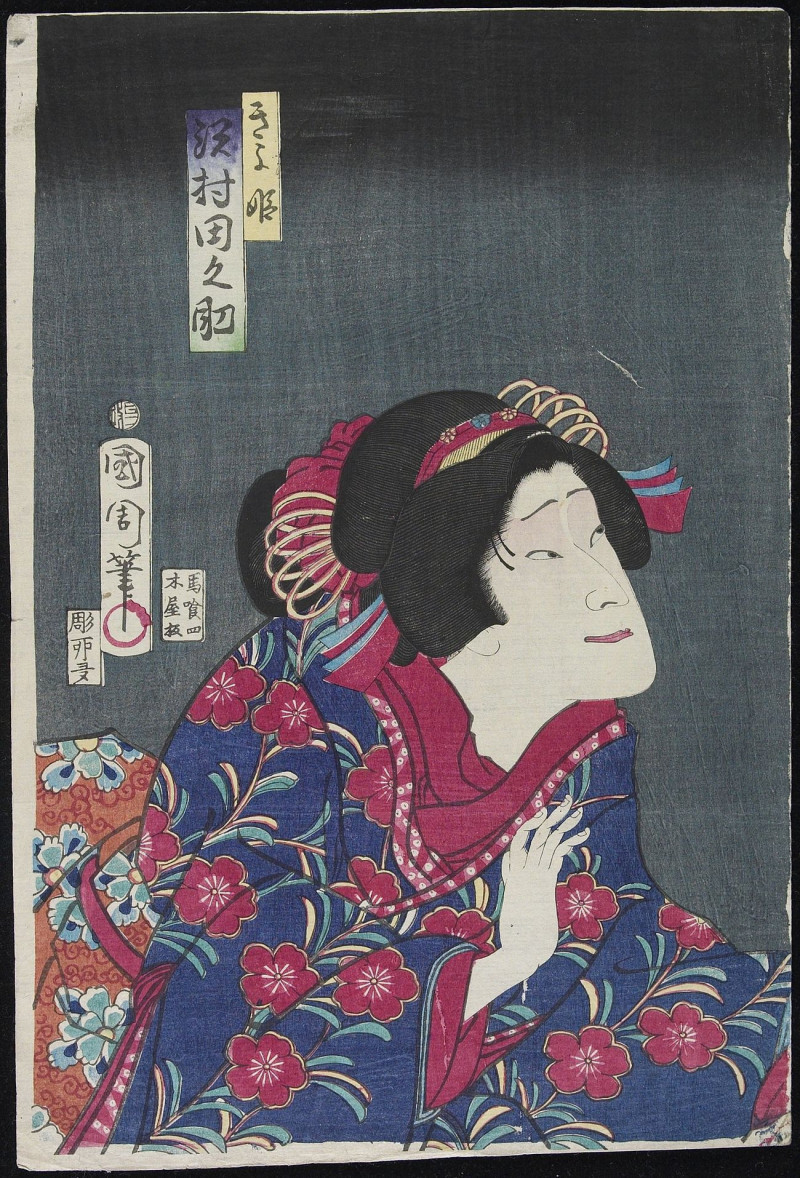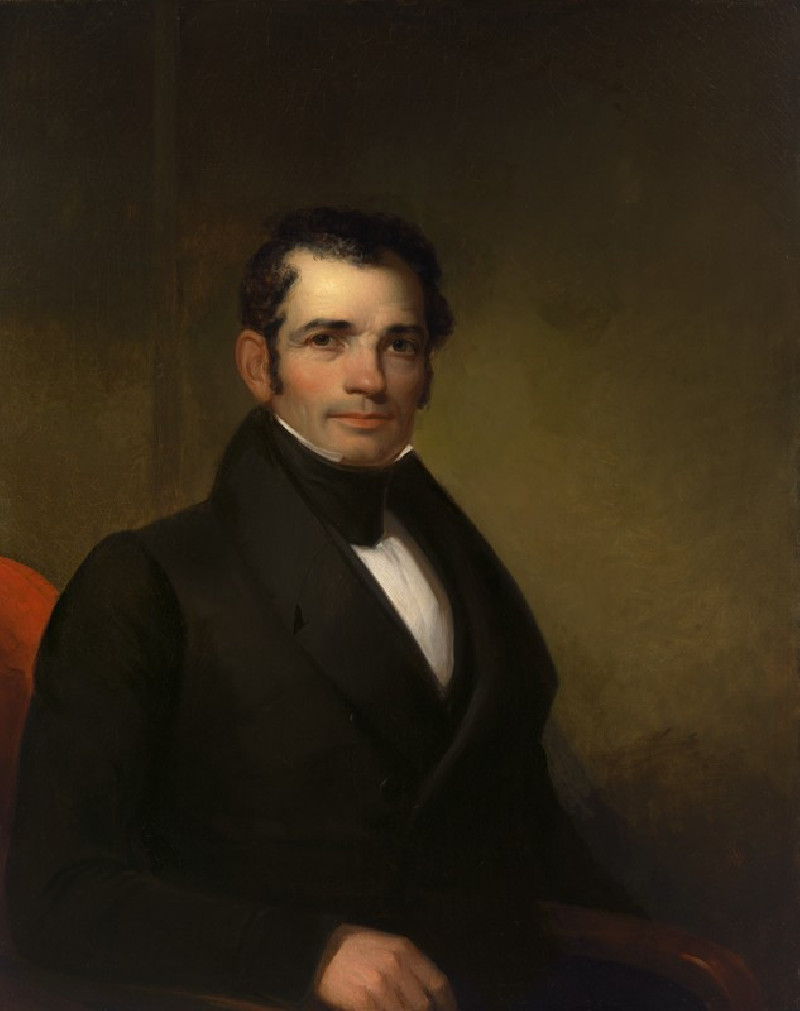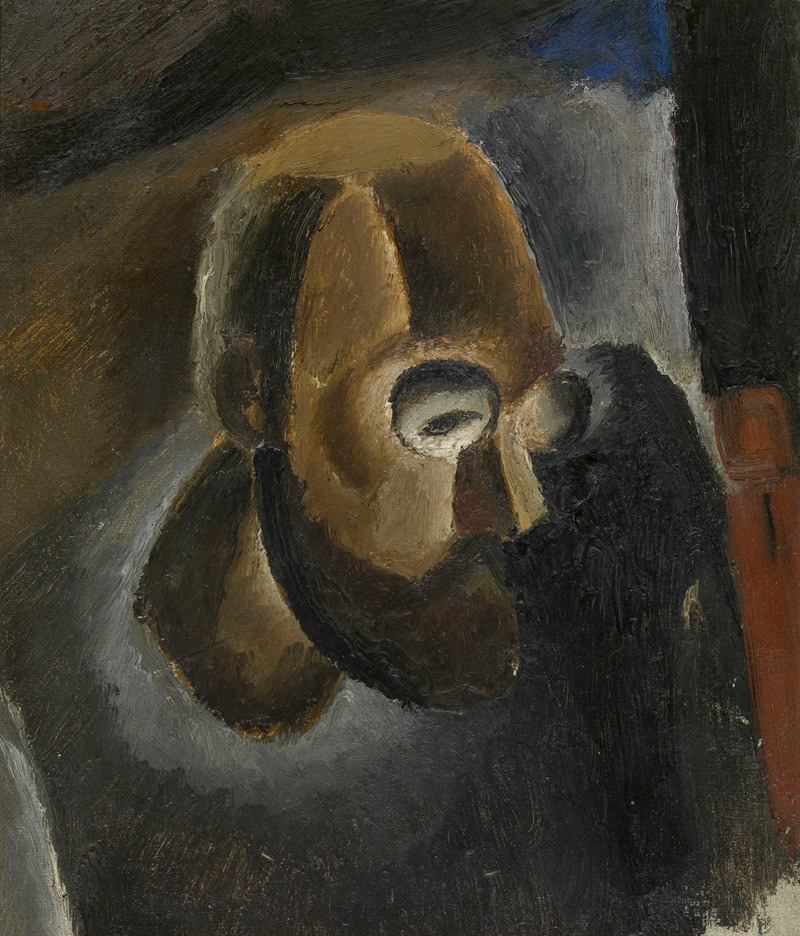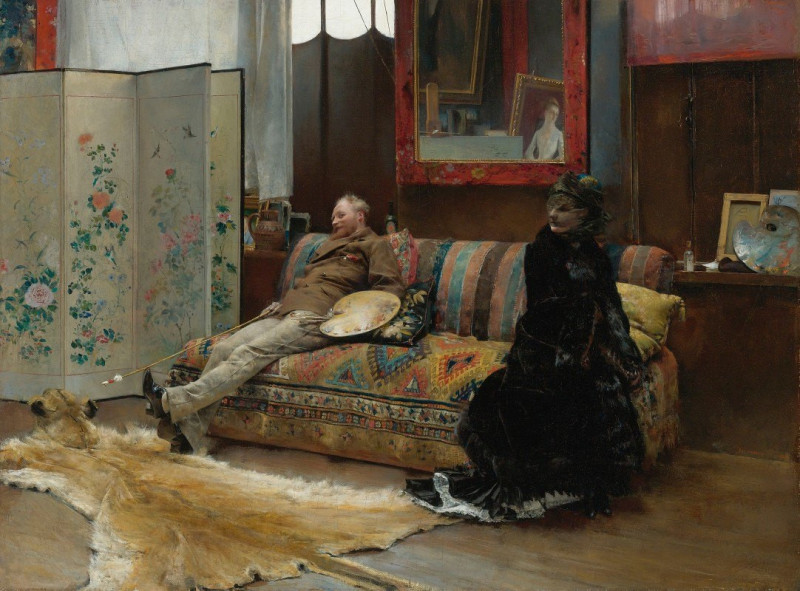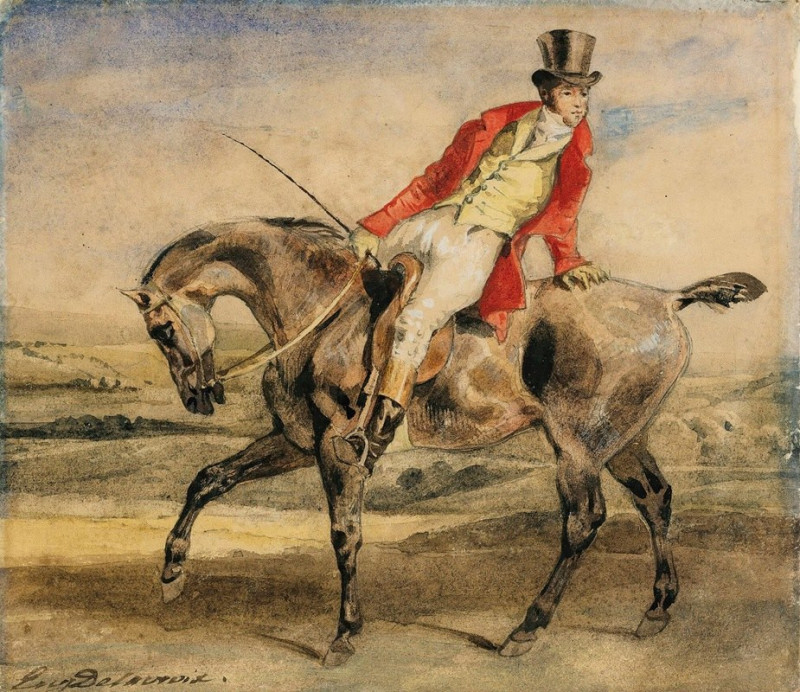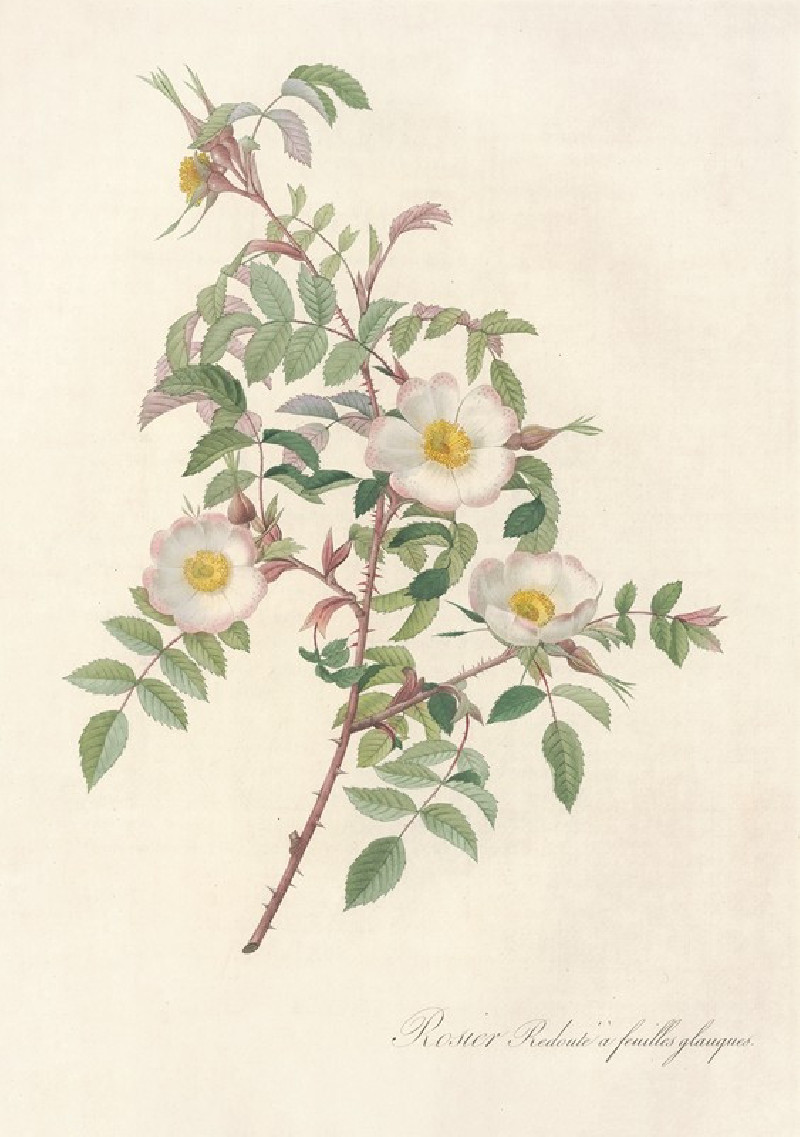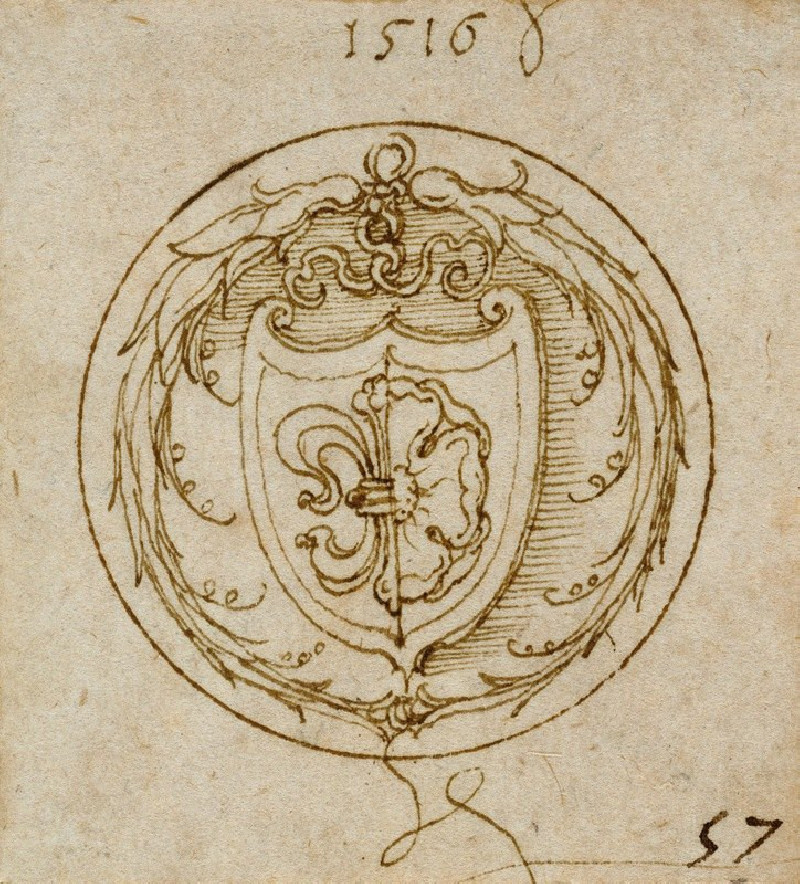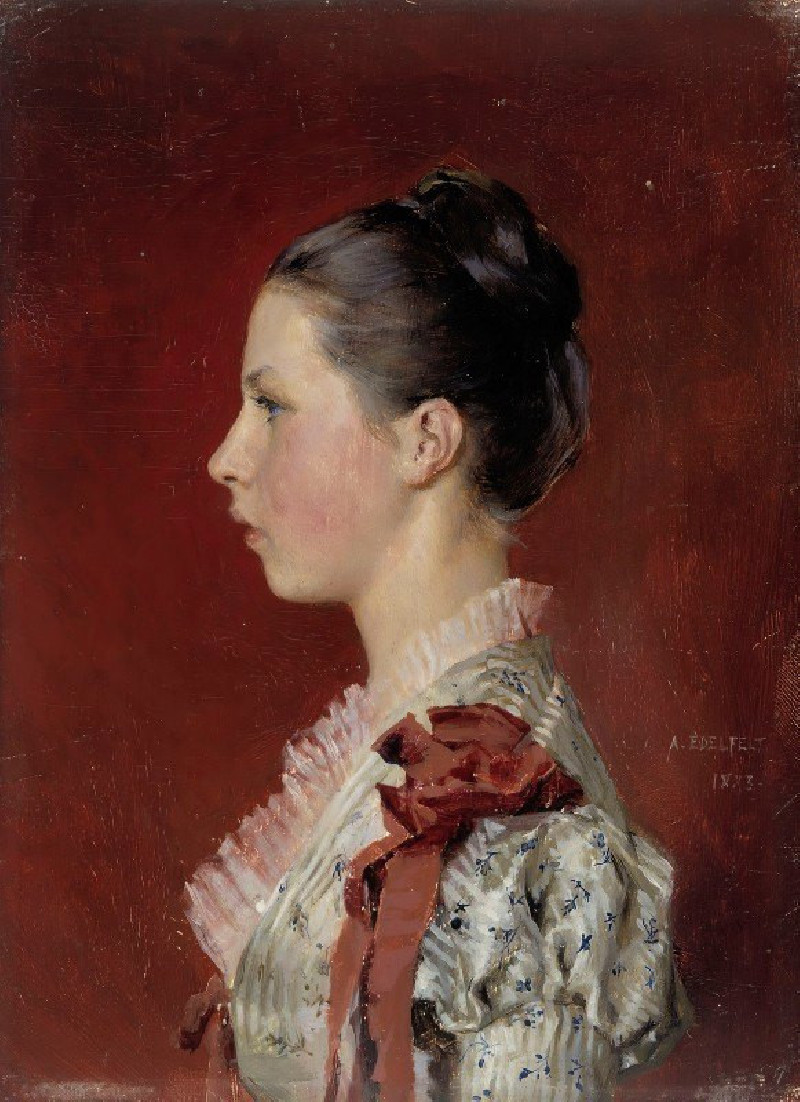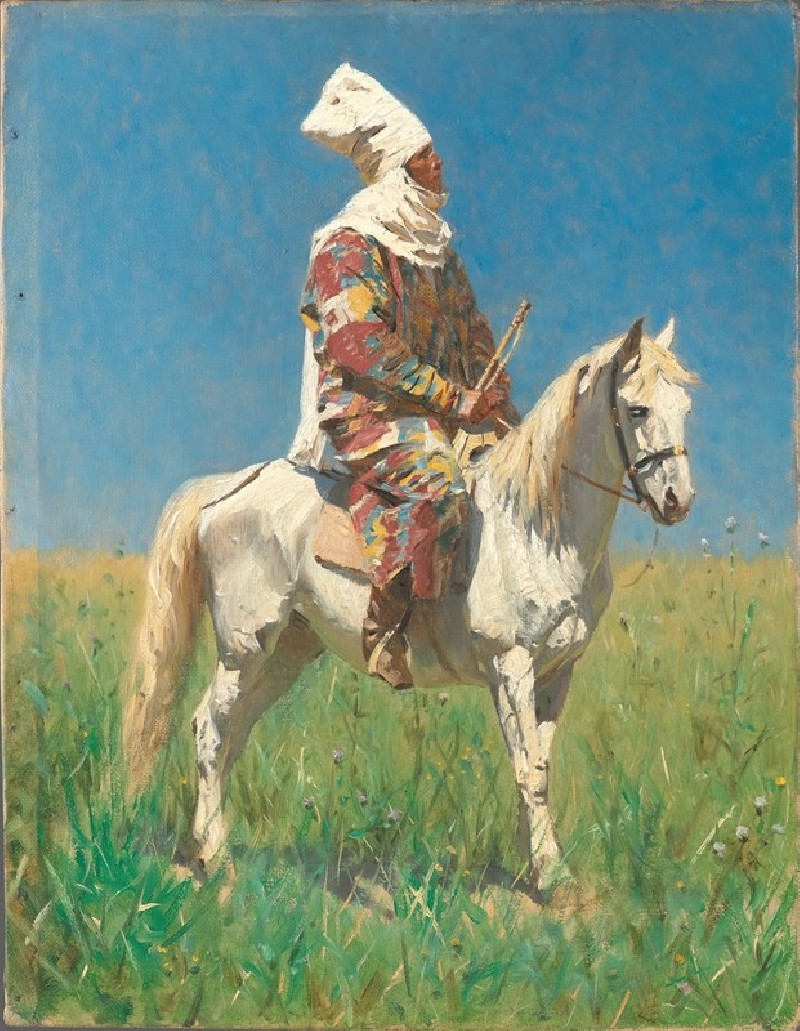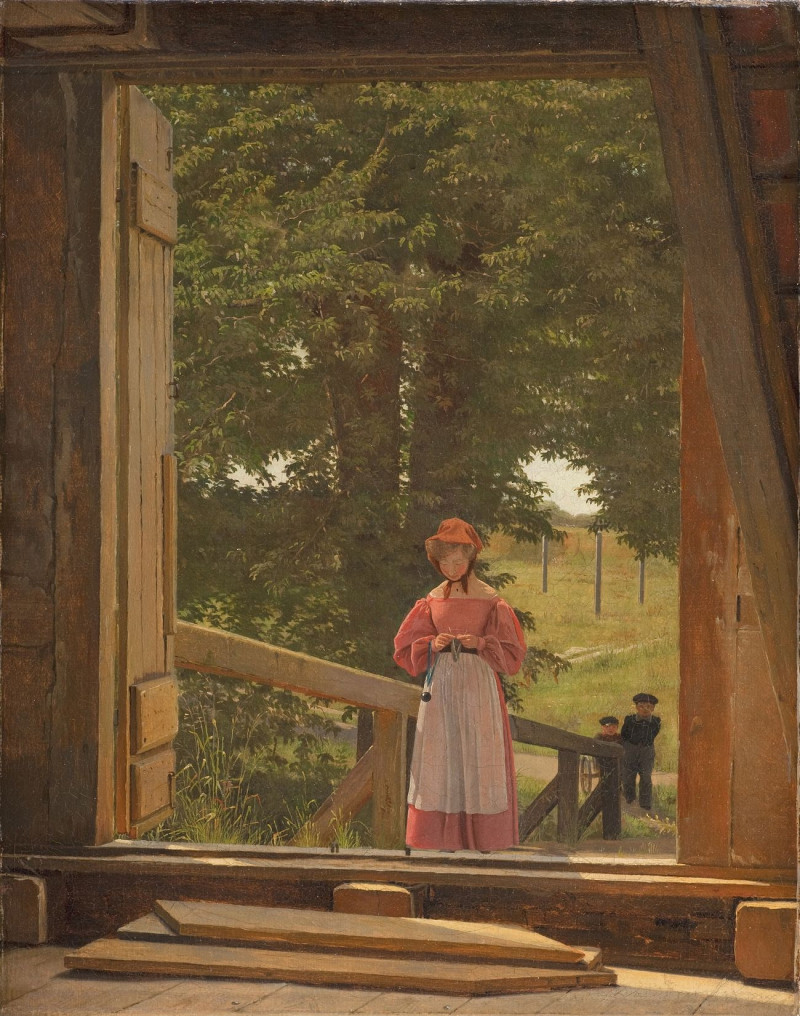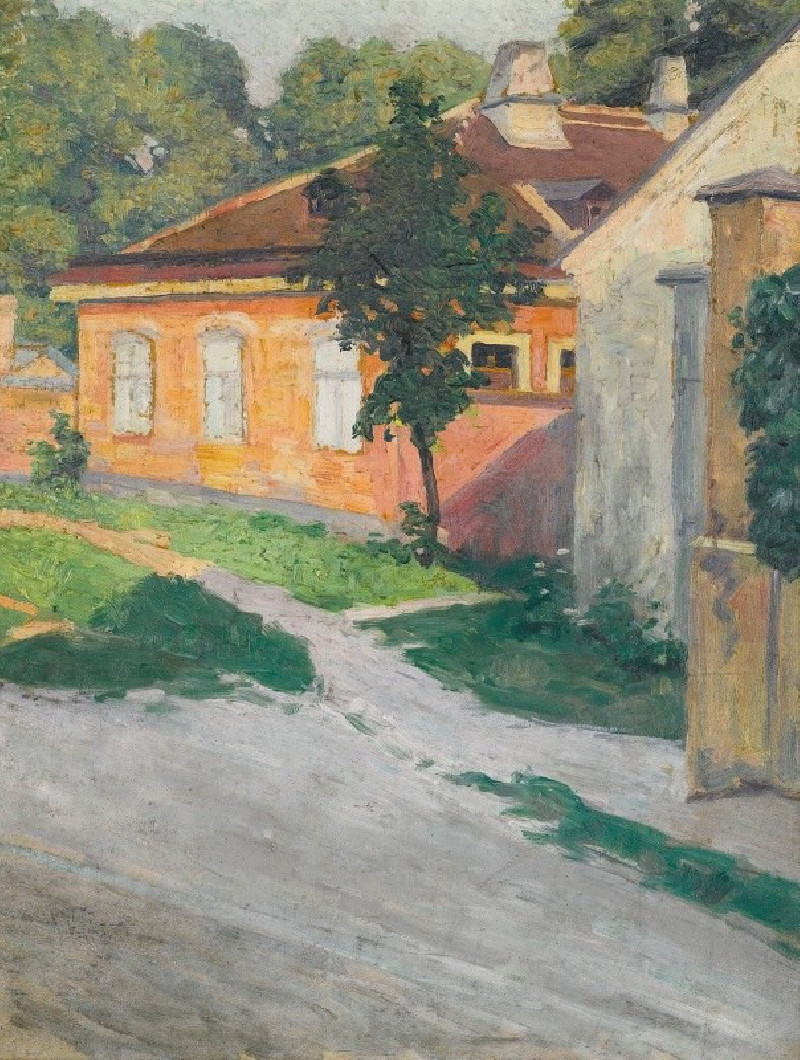The Lackawanna Valley (c. 1856)
Technique: Giclée quality print
Recommended by our customers
More about this artwork
The painting "The Lackawanna Valley," crafted by the esteemed artist George Inness around 1856, elegantly captures a harmonious blend of nature and industrial progress characteristic of that era. This masterpiece vividly portrays a serene valley where the natural landscape and the encroachments of industrialization coexist.In the foreground, the viewer can see the gentle, verdant slopes dotted with recently cut tree stumps, a subtle nod to the ongoing deforestation likely meant to fuel the burgeoning industrial developments. A lone figure, perhaps a worker, sits contemplatively, observing the sweeping changes overtaking his environment.The middle ground is dominated by the bustling railway, with a train puffing steam as it curves around the bend, symbolizing the unstoppable march of progress. Clustered around the railway are various buildings—possibly factories and workshops—integral to the early industrial settlements, with their smokestacks contributing wisps of smoke to the sky, a testament to the era's reliance on steam power.Beyond this, the landscape stretches back into rolling hills and a muted sky, suggesting the vast, yet vulnerable natural environment surrounding the industrial hub. This juxtaposition invites viewers to reflect on the impact of industrialization on the natural world.George Inness, known for his subtle and evocative treatment of light and color, utilizes a muted palette to evoke a sense of tranquility and the poignant beauty of the changing landscape. "The Lackawanna Valley" not only serves as a historical document but also as an invitation to ponder the complexities of progress and preservation.
Delivery
Returns
George Inness (May 1, 1825 – August 3, 1894) was a prominent American landscape painter.
Now recognized as one of the most influential American artists of the nineteenth century, Inness was influenced by the Hudson River School at the start of his career. He also studied the Old Masters, and artists of the Barbizon school during later trips to Europe. There he was introduced to the theology of Emanuel Swedenborg, which was significant for him; he expressed that spiritualism in the works of his maturity (1879–1894).

